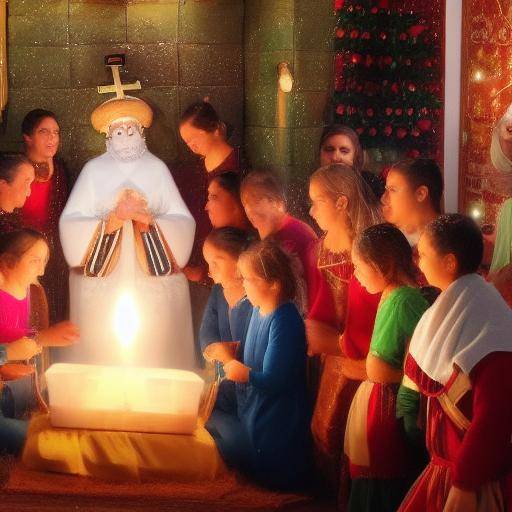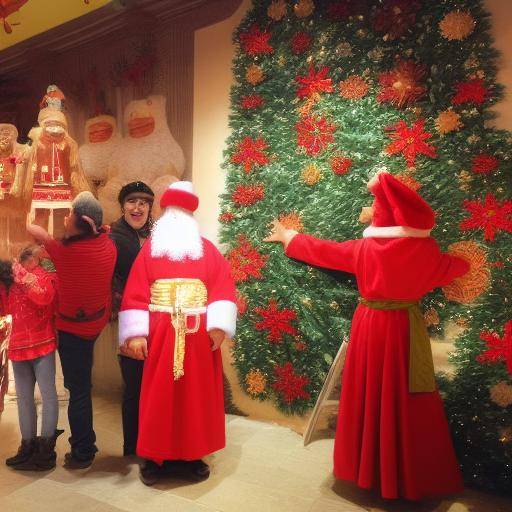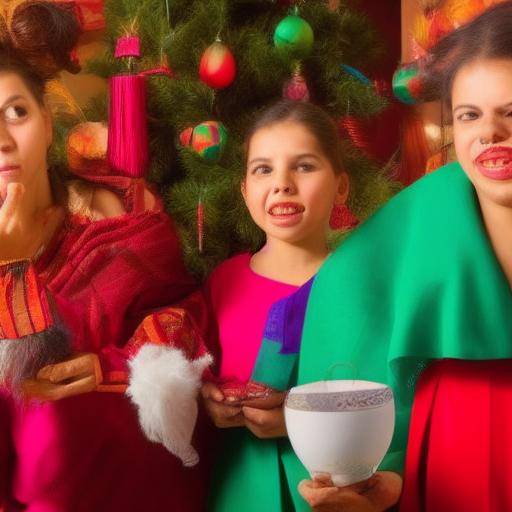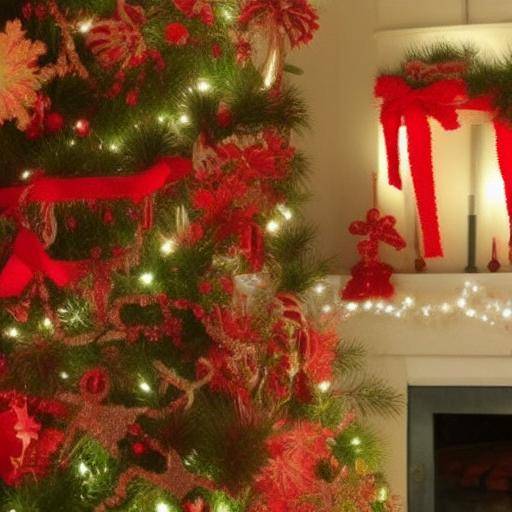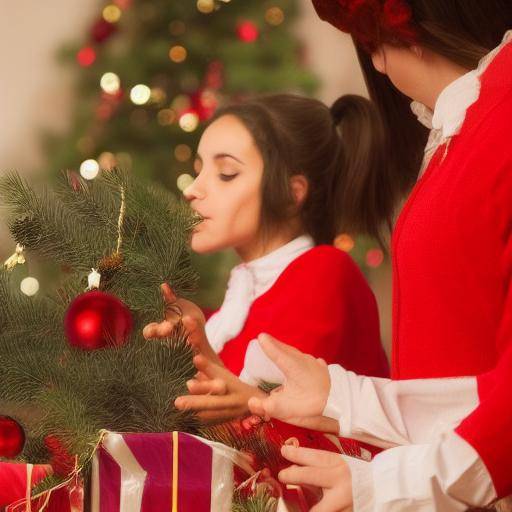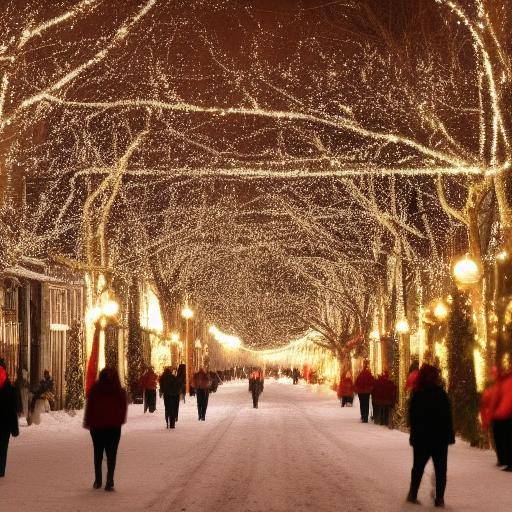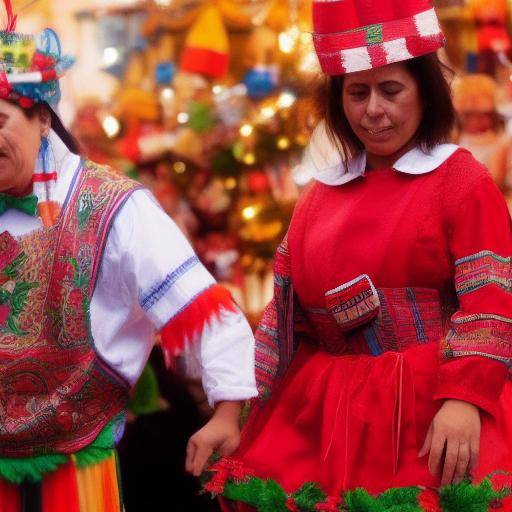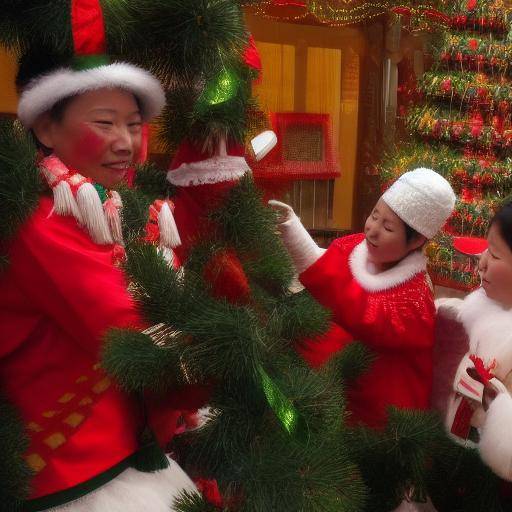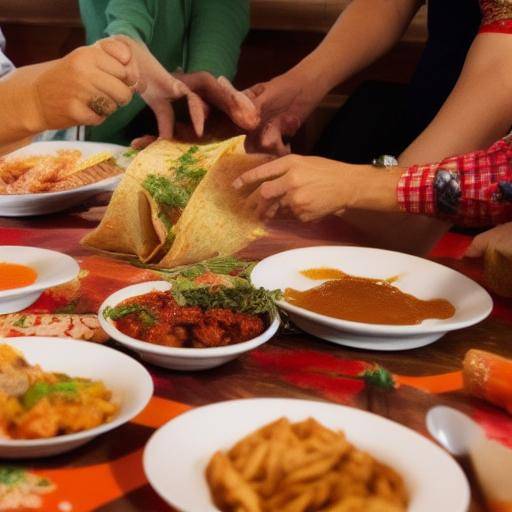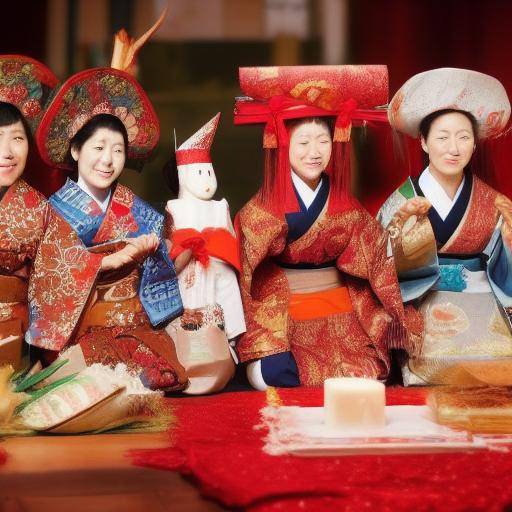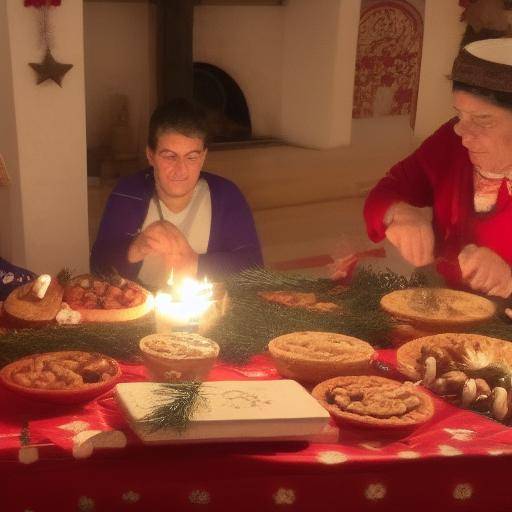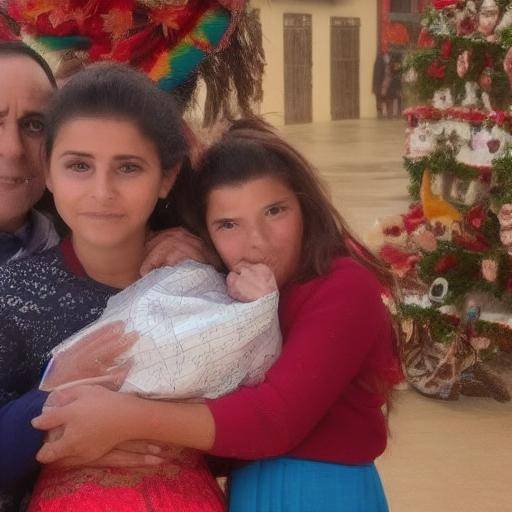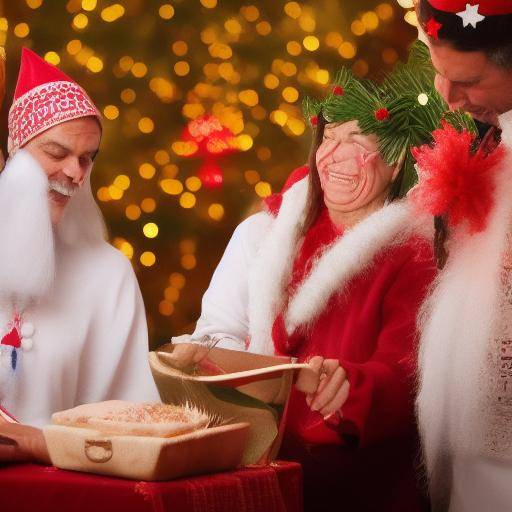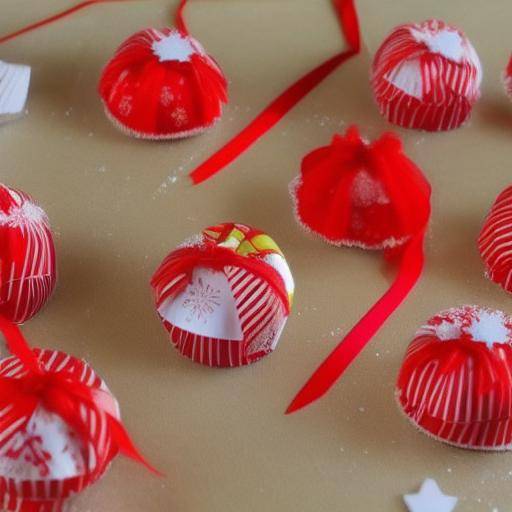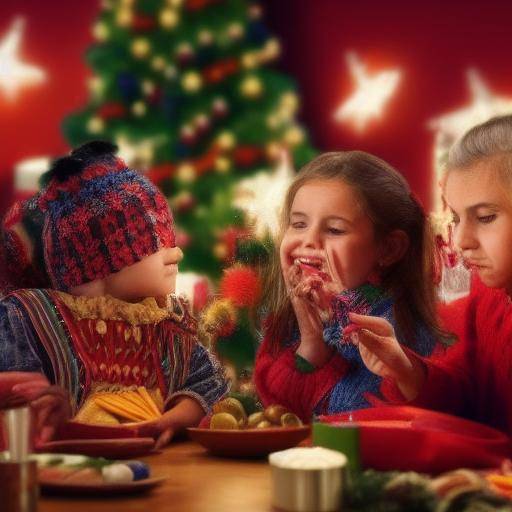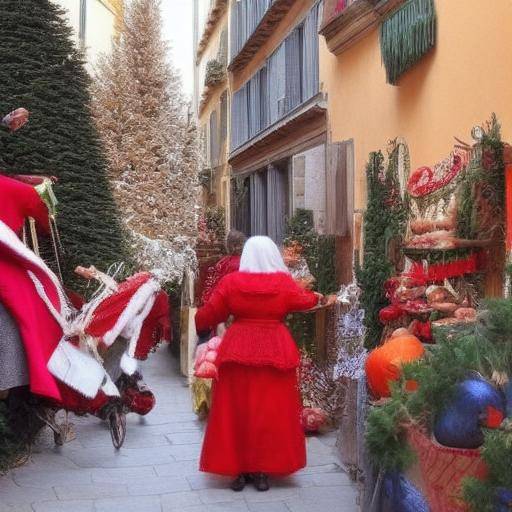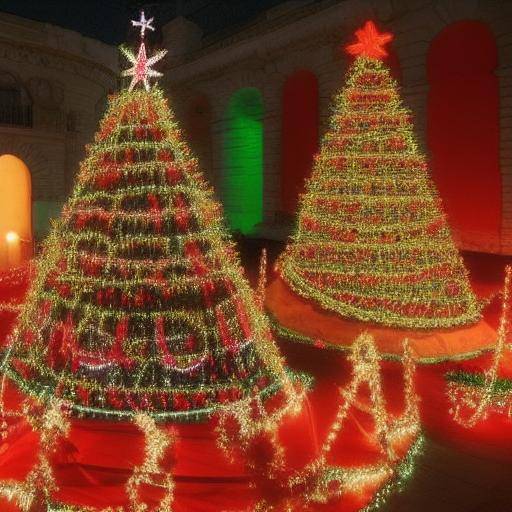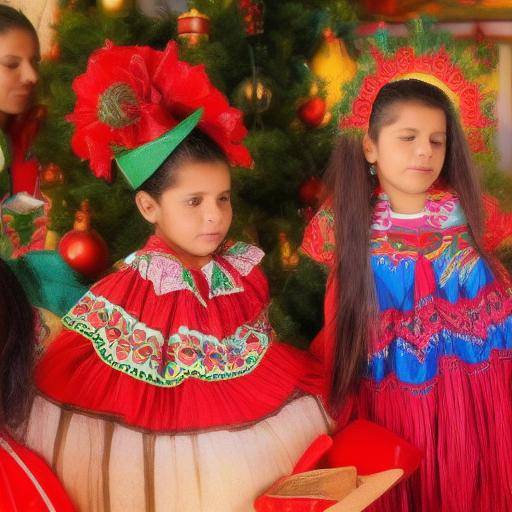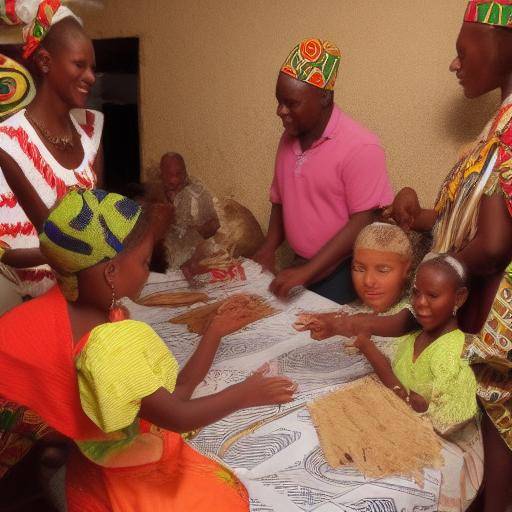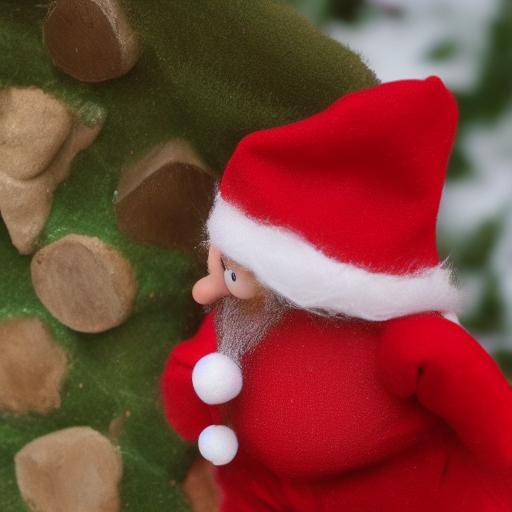
The Christmas season is full of magical stories and traditions that vary around the world. One of the most interesting and charming figures associated with Christmas is the "nisse", a leprechaun which, according to Danish tradition, takes care of the farms and brings joy during the holidays. In this article, we will thoroughly explore the history, meaning and diverse facets of the Nisse, as well as their connections with Christmas and Denmark. We will discover why these mythical creatures have captured the imagination of people of all ages for centuries.
Introduction
In Nordic mythology and Scandinavian cultures, the Nisse (also known as tomte in Sweden and tonttu in Finland) are tiny beings who are believed to reside in rural farms and properties. Although they are generally represented as friendly and helpful, they are also said to have a naughty and somewhat capricious character. Throughout this article, we will immerse ourselves in the fascinating world of the Nisse, exploring its origins, roles and similarities with the Christmas celebrations in Denmark.
History and Background
The Nisse have a rich history dating back to the pre-Christian era in the Scandinavian region. In traditional legends, they were described as spirits of nature that inhabited the forests and fields, and they were given magical powers to influence the fate of the crops and the well-being of the farm animals. With the arrival of Christianity, the figure of the Nisse was integrated into the Christmas holidays, adopting attributes similar to those of Santa Claus or Santa Claus. This fusion led to the belief that the Nisse played a crucial role in delivering gifts and joy during Christmas.
Detailed Analysis
The Nisse are venerated for their supposed care of the farm and their ability to bestow good fortune on those who treat them with respect and consideration. Despite their benevolent role, it is believed that they can play jokes to those who offend or neglect them. This duality of its nature is a fascinating aspect of the Nisse tradition and has inspired numerous stories and legends that have endured over the centuries.
It is important to note that the perception of the Nisse varies depending on the cultural context and regional traditions in Denmark, which adds depth and diversity to its meaning in the Christmas holidays.
Comprehensive review
Over the years, the presence of the Nisse has become a symbol rooted in Danish culture, and its influence extends to virtually all aspects of everyday life during Christmas holidays. The Nisse play a central role in decoration, culinary and popular stories that are transmitted from generation to generation. In addition, many Danes firmly believe in their existence, which contributes to keeping alive the tradition and magic of Christmas.
Comparative analysis
A comparison between the Nisse, Christmas and Denmark reveals the interdependence and symbiosis between these elements. The Nisse are not only symbols of Christmas in Denmark, but they also embody the venerated connection between nature, community and spirituality in Scandinavian culture. Their presence highlights the importance of preserving and celebrating ancestral traditions in the context of festivities full of spiritual and cultural significance.
Practical Tips and Accessible Recommendations
If you have the opportunity to participate in the Christmas holidays in Denmark, do not miss the opportunity to explore the magic of the Nisse. Take advantage to immerse yourself in the rich sense of community and tradition that characterizes these celebrations. Don't forget to show respect and consideration for the Nisse, since, according to tradition, they can be manifested as ceramic figures, woven or even in the form of delicious sweets at Christmas tables.
Conclusion
In short, the Nisse are much more than simple Christmas elves; they represent a unique connection to the nature, tradition and essence of the community in Denmark. As the world moves towards an increasingly globalized future, the preservation of these traditions becomes fundamental in preserving cultural identity and promoting a sense of belonging. Keeping the magic of the Nisse alive is ultimately a way of honoring the rich history and festive spirit of the Christmas season.
FAQs
1. What is the origin of the Nisse?
The Nisse have their roots in the pre-Christian Nordic mythology, where they were considered spirits of nature that inhabited farms and rural properties.
2. How do the nisse relate to Christmas?
The Nisse have joined the Christmas celebrations, associating them with the gift-giving and the holiday spirit of the season.
3. What Danish traditions are linked to the Nisse?
The Nisse are part of various Christmas customs, from home decoration to traditional dishes.
4. How do the Nisse manifest themselves in Danish popular culture?
The Nisse appear in stories, songs and artistic performances that form part of the country's cultural heritage.
5. What does the Nisse mean in contemporary society in Denmark?
Although many Danes do not literally believe in the existence of the Nisse, the figure of these elves remains a symbol rooted in popular culture and a distinctive element of the Christmas season.
6. What can you do to experience the magic of the Nisse in Denmark?
If you visit Denmark during the Christmas season, visit local markets, ethnographic museums and traditional holidays to immerse yourself in the charm of the Nisse and Christmas celebrations.
With this, we hope to have provided a complete perspective on the Nisse and its meaning in Danish culture, as well as its relation to Christmas holidays. May the magic of the Nisse and the joy of Christmas illuminate your festive season.

